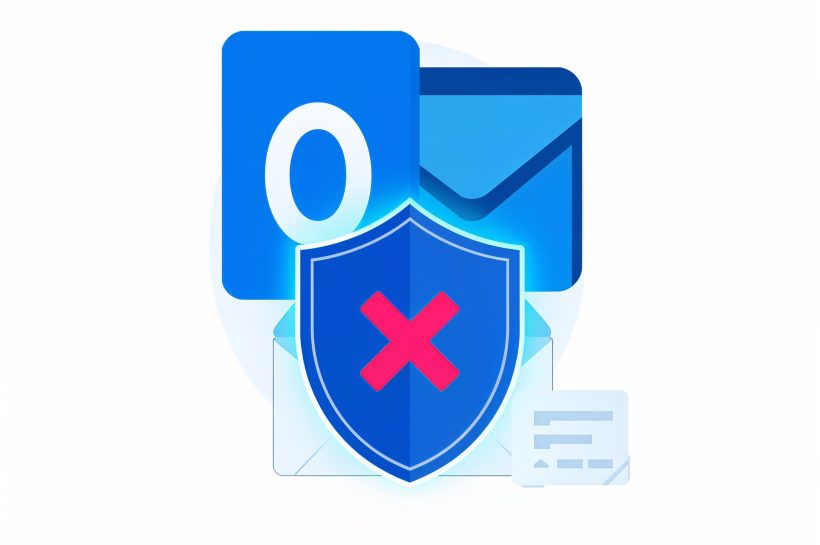
Critical Risk: BADCANDY Re-Infection on Unpatched IOS XE
BADCANDY continues to compromise exposed Cisco IOS XE devices via CVE-2023-20198. Close the web UI exposure, patch now, rotate credentials, and verify eradication.

BADCANDY continues to compromise exposed Cisco IOS XE devices via CVE-2023-20198. Close the web UI exposure, patch now, rotate credentials, and verify eradication.

Researchers documented CVSS 8.9 command injection in three official Claude Desktop extensions Chrome, iMessage, and Apple Notes. Because those connectors built AppleScript commands with unescaped user input, prompt injection could pivot from web content to local shell execution on macOS. Anthropic patched the issues. This analysis explains the exploit chain, the fixes, and the validation steps security teams should run to keep MCP servers safe.

Russia introduced a 24-hour SIM cooling-off period after roaming or 72 hours of inactivity. Consequently, data and SMS pause while operators run anti-abuse checks, verify identity, and restore access in stages.

Microsoft Outlook has disabled inline SVG image rendering after attackers exploited the feature in phishing campaigns, marking another step in tightening email security.

A breakthrough hardware-based technique intercepts TPM communications over the SPI bus to unlock BitLocker volumes protected by TPM + PIN. This article analyses the method and its implications for enterprise encryption strategies.

Hackers exploited OAuth tokens in third-party Salesforce integrations, stealing CRM data and extorting affected customers. Salesforce urges clients to rotate credentials.

Abandoned apps, APIs, and identities keep resurfacing. Hunt them continuously, retire them completely, and verify they stay dead—before attackers exploit them.

A 0-day buffer overflow vulnerability in Cisco ASA and FTD devices, exploitable via WebVPN, allows unauthenticated remote code execution. Cisco has released patches and issued guidance for mitigation.

AI-targeted cloaking feeds AI agents a different web than humans see. Learn the risks, detection tactics, and governance steps to keep answers trustworthy.

Seven fresh techniques let attackers leak ChatGPT data through everyday workflows: poisoned search, “q=” one-click links, allowlisted ad redirects, conversation injection, markdown hiding, and memory poisoning. Because exposure rides on normal browsing and memory behavior, prevention requires policy plus proof: sanitize URLs, block bing.com/ck/a, disable Saved Memory for high-risk roles, and validate controls continuously with OWASP LLM Top 10 and MITRE ATLAS as your benchmarks.